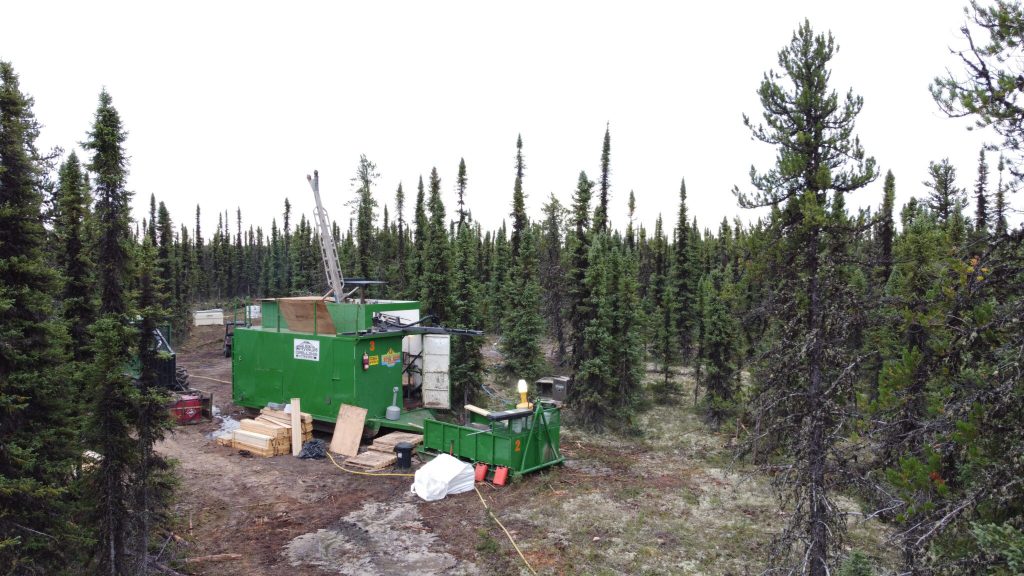Canalaska drills 2.4% U3O8 over 9 metres at West McArthur, Saskatchewan

CanAlaska Uranium Ltd. [CVV-TSXV; CVVUF-OTCQX; DH&N-FSE] has received assay results from drill hole WMA067, the first drill hole into a new basement-hosted uranium discovery on the West McArthur project in the Athabasca basin, northern Saskatchewan.
Geochemical assay results indicate a high-grade intersection of 2.4% U3O8 (triuranium octoxide) over 9 metres from 906.5 metres to 915.5 metres, including a higher-grade interval of 3.5% U3O8 over 6 metres from 906.5 metres.
The company is continuing its drilling program at the West McArthur project as part of the $5-million 2022 program, focusing its effort on the expansion of this exciting new uranium discovery. The West McArthur project is operated by CanAlaska, which currently holds a 78% ownership in the project.
Drill hole WMA067 was designed to test a strong conductor anomaly identified during the 2022 winter geophysical program, 6 km along strike to the southwest of the Company’s 42 Zone mineralization.
WMA067 penetrated 52.8 metres of overburden followed by Athabasca sandstone to 803.8 metres. The lower 80 metres of the sandstone column is strongly bleached with several fault zones containing limonite alteration and de-silicification. Two major metre-scale fault zones in the basal sandstone, the lowermost of which straddles the unconformity, are associated with strong clay, limonite, and strongly de-silicified core resulting in approximately 30% core recovery.
| The basement of WMA067 consists of a wide package of graphitic and non-graphitic pelitic metasedimentary rocks, explaining the 2022 survey conductive response. In the 30-metre interval directly below the unconformity, the metasedimentary package is overprinted by strong clay, chlorite, and hematite alteration associated with multiple fault zones that contain clay gouge, broken core, and cataclastic breccias. The remainder of the basement intersection is variably clay- and chlorite-altered, increasing in intensity around intervals of increased fracturing, as damage zones to graphitic fault zones. The intensity of the basement alteration increases with depth, leading up to the basement-hosted uranium mineralization.
The uranium mineralization in the drillhole is structurally-controlled and located approximately 100 metres below the unconformity within a broad graphitic shear zone that hosts several re-activated faults. The uranium mineralization, starting at 906.5 metres, is characterized by massive to semi-massive, vein-controlled, and disseminated pitchblende with yellow to orange uranium secondaries that are associated with bleaching, clay, and hematite alteration. Core recovery throughout the basement intersection is 100%. |
Cory Belyk, CEO, commented, “This new discovery drillhole intersection has now been confirmed by assay results to be wide and high-grade. It is even wider than originally anticipated. The style and grade of mineralization is reminiscent of some of the best basement-hosted uranium drillhole intersections encountered in the Athabasca Basin and at large uranium deposits such as Eagle Point, Millennium and Arrow. Confirmation of width and grade of mineralization in this drillhole is an exciting achievement for CanAlaska, its shareholders, and the joint venture at a time when the world needs more high-grade uranium deposits to be found to support future clean energy demand.”
CanAlaska Uranium holds interests in approximately 300,000 hectares (750,000 acres) in the Athabasca Basin.
